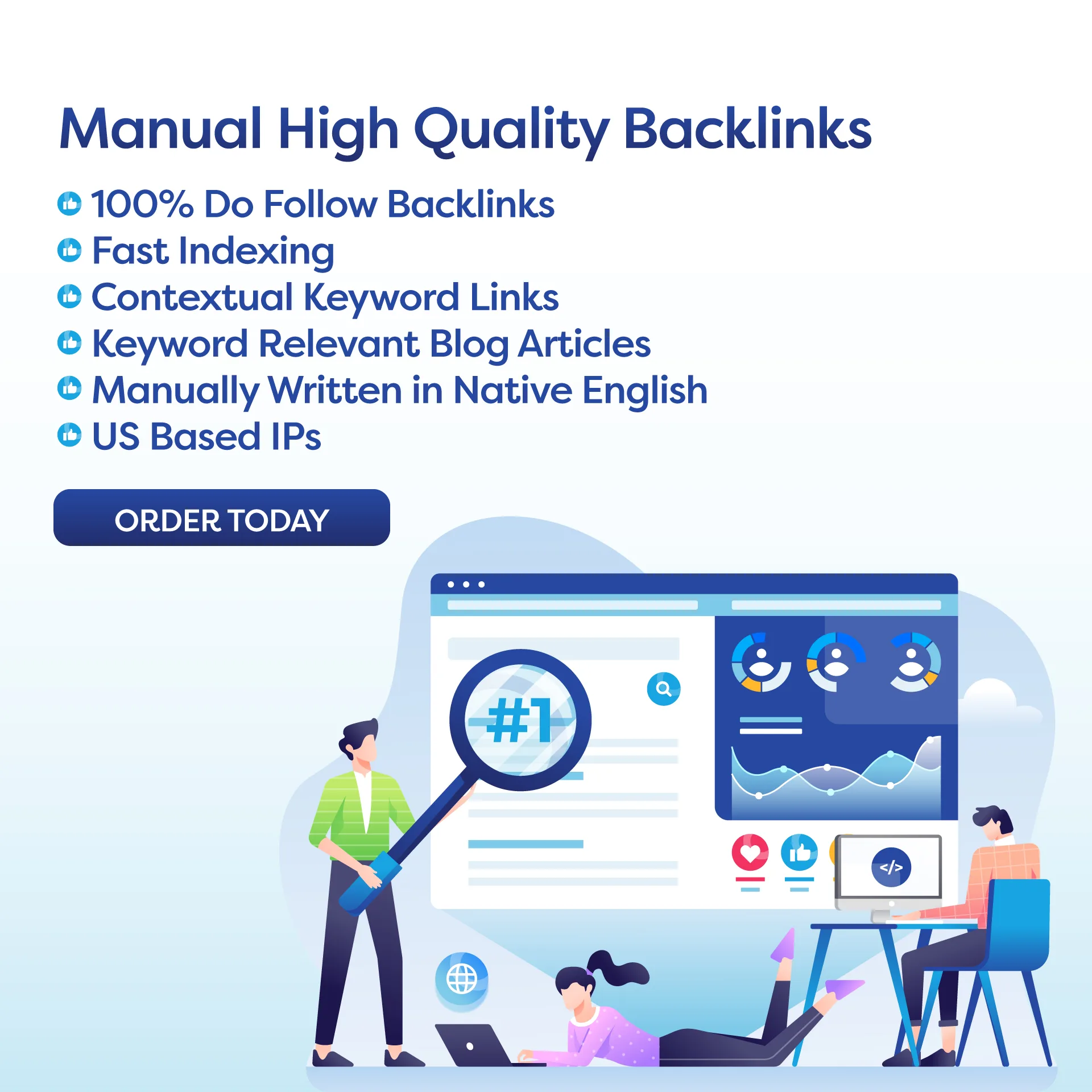In today’s competitive job market, organizations are constantly seeking ways to streamline their hiring processes and attract top talent efficiently. Recruitment process optimization is a strategic approach that aims to enhance the effectiveness and efficiency of the recruitment process. Let’s delve into the fundamentals of recruitment process optimization:
1.1 Introduction to Recruitment Process Optimization
Recruitment process optimization entails the systematic review, analysis, and improvement of each stage of the hiring process to achieve better outcomes. It involves leveraging technology, data-driven insights, and best practices to streamline recruitment workflows and enhance overall efficiency.
1.2 Importance of Recruitment Process Efficiency
Efficient recruitment processes are crucial for organizations to remain competitive in attracting and securing top talent. By optimizing the recruitment process, organizations can reduce time-to-hire, lower recruitment costs, and improve the quality of hires.
Example Benefits of Recruitment Optimization:
Reduced Time-to-Hire: By streamlining the recruitment process and eliminating bottlenecks, organizations can significantly reduce the time it takes to fill open positions. This enables them to secure top talent faster and stay ahead of the competition.
Cost Savings: Optimizing the recruitment process can lead to cost savings by reducing reliance on external recruitment agencies, minimizing advertising expenses, and improving overall operational efficiency.
Enhanced Candidate Experience: A well-optimized recruitment process ensures a smooth and positive experience for candidates, from initial application to onboarding. This can help organizations attract and retain top talent while bolstering their employer brand reputation.
In the next section, we will explore strategies for effectively optimizing the recruitment process and maximizing its benefits for organizations.
Part 2: Strategies for Recruitment Process Optimization
Efficient recruitment processes are essential for organizations to attract and retain top talent in today’s competitive job market. Let’s explore some effective strategies for optimizing the recruitment process:
2.1 Leveraging Technology in Recruitment
Technology plays a pivotal role in streamlining the recruitment process and improving overall efficiency. By leveraging cutting-edge recruitment software solutions and applicant tracking systems (ATS), organizations can automate repetitive tasks, streamline candidate sourcing, and enhance collaboration among hiring teams.
Utilizing ATS software allows HR professionals to centralize candidate data, track applicant progress, and streamline communication with hiring managers. Additionally, AI-powered recruitment tools can assist in resume screening, identifying top candidates, and even predicting candidate fit based on historical data. These technological advancements not only save time and resources but also enable HR teams to make more informed hiring decisions.
2.2 Enhancing Candidate Experience
A positive candidate experience is critical for attracting and retaining top talent. Organizations can enhance the candidate experience by implementing user-friendly application processes, providing timely communication and feedback, and offering personalized interactions throughout the recruitment journey. By prioritizing candidate experience, organizations can strengthen their employer brand and improve candidate engagement and retention.
To enhance candidate experience, organizations should focus on clear and transparent communication at every stage of the recruitment process. This includes providing detailed job descriptions, setting realistic expectations, and offering regular updates on the status of applications. Personalized interactions, such as personalized emails and thank-you notes, can also go a long way in making candidates feel valued and appreciated.
2.3 Continuous Improvement and Evaluation
Continuous improvement is key to optimizing the recruitment process. Organizations should regularly evaluate their recruitment strategies, gather feedback from candidates and hiring managers, and identify areas for improvement. By analyzing recruitment data and metrics, such as time-to-fill, cost-per-hire, and candidate satisfaction scores, organizations can identify trends, pinpoint areas of inefficiency, and make data-driven decisions to enhance recruitment effectiveness.
Regular performance reviews and debrief sessions with hiring teams can provide valuable insights into the effectiveness of recruitment strategies. HR professionals should also seek feedback from candidates to understand their experiences and identify opportunities for improvement. By continuously monitoring and evaluating recruitment processes, organizations can adapt to changing market dynamics, stay ahead of the competition, and attract top talent effectively.
Example of LSI/NLP Keywords Integration:
Utilizing cutting-edge HR process automation tools and recruitment technology trends, organizations can streamline their hiring workflows and improve overall efficiency. By automating repetitive tasks, such as resume screening and interview scheduling, HR professionals can focus their time and energy on more strategic activities, such as talent sourcing and candidate engagement.

